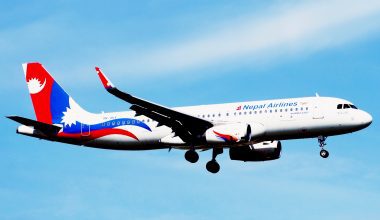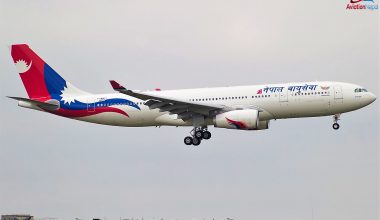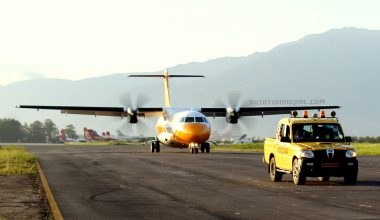Tourism ministry is planning to increase market share of domestic airlines on international routes and is now preparing to invite domestic airlines to submit open bids for international flying license. Tourism Ministry has submitted a proposal for new terms of reference (TOR) for domestic airlines willing to obtain a permit to operate international routes, significantly lowering the threshold for receiving such a permit.
The TOR will be sent to the Cabinet for its approval after the ministry endorses the proposed amendments. This new rules would abolish the current requirement of five years of domestic services prior to the launch of a first international route. Carriers would also no longer be required to have a minimum of three aircraft in the fleet. 45days notice will be issued to invite interested domestic airlines.
Airlines would be able to apply for an international permit directly after establishment. However, they would need to satisfy the requirement of a minimum paid-up capital depending on the type of license. The ministry normally issues licenses for three categories of international airlines: A, B and C as per length of international route and not type of aircraft used. Class A licenses have been set for airlines whose flights last longer than three hours, Class B for flights lasting three hours, and Class C for those operating flights of less than three hours.
The new TOR suggested issuing license based on aircraft’s weight for example, a Class A license can be issued for wide-body aircraft like the Airbus A330 and Boeing 777, Class B license for narrow body jets like the A320 and Boeing 757, and Class C license can be issued for aircraft like the ATR, CRJ and other small planes.
Applicants for a Class A license for wide-body operations would be required to have at least NPR1.5 billion rupee (USD13.9 million) of paid-up capital. For airlines seeking a Class B license for narrow-body services, the amount would be NPR1 billion rupees, while Class C applicants seeking to deploy regional jets or turboprops on international routes would need to pay up at least NPR500 million rupees. Airlines seeking a Class C license would also still need to have a minimum of three aircraft in their fleet and add an extra NPR100 million rupee of paid-up capital per every aircraft above this number.
The ministry has planned to grant international licenses to at least two new passenger airlines and one cargo operator. As per a Cabinet decision, the TOR needs to be reviewed every three years but have in fact not been changed since 2010. The last time the government issued a license to operate international flights was in 2011 to the now defunct BB Airways. The current amendment was prompted by the application filed by Shree Airlines which applied for a C Class license in December 2017, only half a year after commencing operations, thus falling well short of the currently required term of five years.






